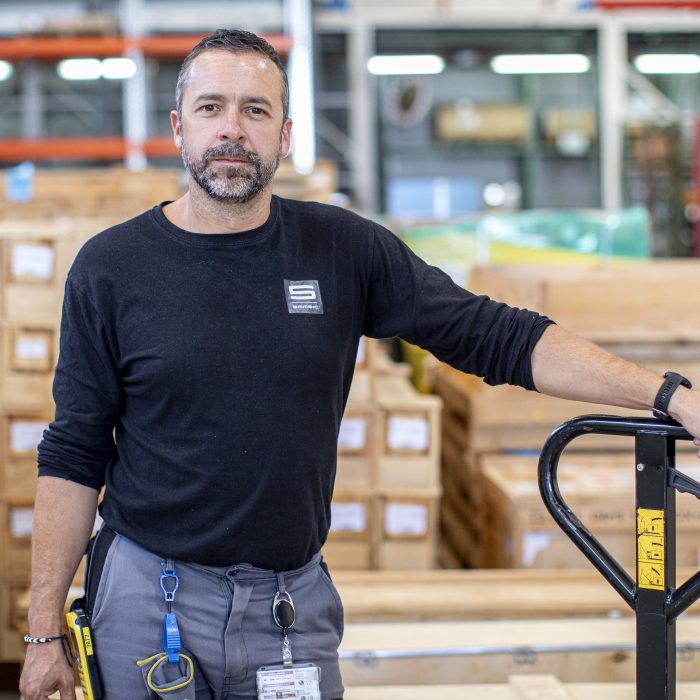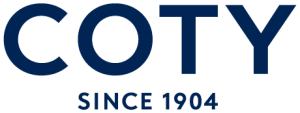Evaluating Your Current Warehouse Cleaning Strategy
If you feel your current cleaning program has room for improvement, here are key factors to evaluate:
Cleaning Schedule
- Do you have a regular cleaning schedule optimised around operational workflows?
- Are high traffic areas cleaned sufficiently?
- Are both detailed and rapid cleanings utilised?
Conducting a thorough workflow analysis based on client communication, with flexibility to adjust schedules and team roles to match operational needs, ensures labour can be fully optimised to suit the client, delivering a quality service.
For example, at Samsic, we have developed and implemented a range of LEAN techniques and innovations that help us standardise service quality, eliminate hygiene defects and variability, and provide clean, healthy, attractive, and cost-effective facilities. Our LEAN toolkit, based on the application of our intelligent, science-led solution design principles, comprises 8 consistent elements found throughout all Samsic service models:

Utilising our LEAN toolkit as a foundation for our operations allows us to optimise labour by structuring workloads for specific geographical areas and making technological recommendations to maximise quality. For instance, trialling Co-botic floor cleaners at the Kraft Heinz distribution centre enabled efficient cleaning of a vast site, maximising labour time on-site, allowing our teams to concentrate on more critical activities and deeper-cleans elsewhere.
Collaborative service approaches have been successfully implemented at Coty Bournemouth, where staff have been cross-trained to work within multiple functions. This approach empowers the team, minimises inefficiencies, and fosters a ‘one team’ ethos built on teamwork and empowerment.
Processes & Equipment
- Are manual processes maximising efficiency?
- Is cleaning equipment well-maintained and effective?
- Are green cleaning solutions being used?
Cleaning operatives in warehouses and distribution centres work among active client operations which often utilise heavy-duty machinery and processes, increases the risk of danger for the cleaning teams.
At Samsic, our warehouse and distribution cleaning teams receive a weekly manual detailing their duties, guiding them on what tasks to complete, in what order, instructions, and materials to use. This approach allows management to guide the team to clean certain areas around the client’s schedule, minimising risk and ensuring the team has the space and equipment required to perform to the highest standard. Additionally, this guide enhances accountability and safety monitoring by tracking team members’ locations at any given time.

 Prioritising Environmental PerformanceRead more Warehouse Cleaning: A Strategic Guide to Boosting Efficiency and Minimising Cost
Prioritising Environmental PerformanceRead more Warehouse Cleaning: A Strategic Guide to Boosting Efficiency and Minimising Cost







